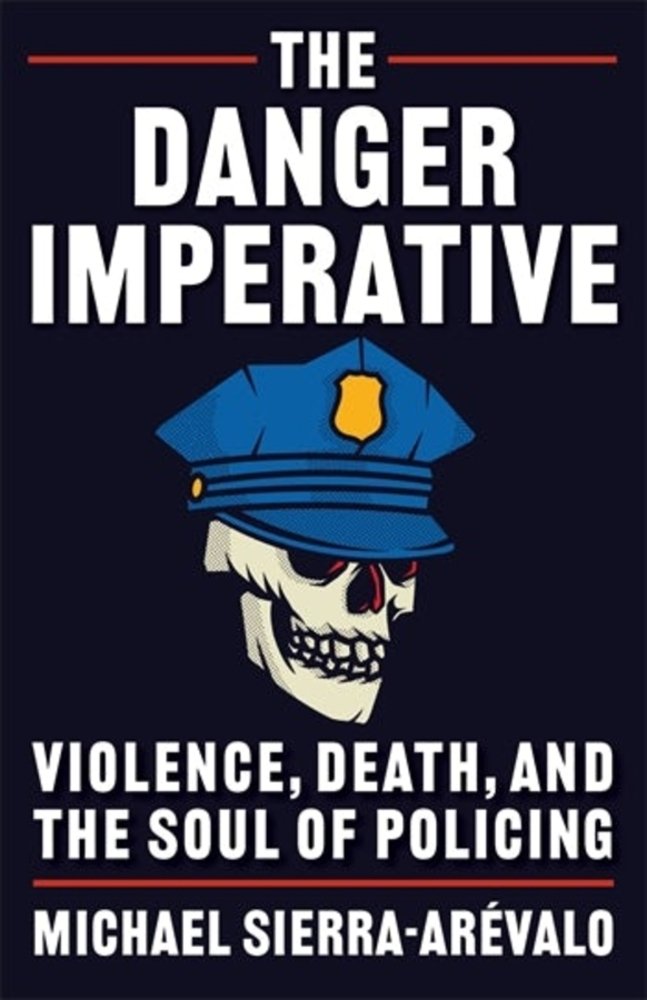Review: The Danger Imperative by Michael Sierra-Arévalo
/About the Book
Policing is violent. And its violence is not distributed equally: stark racial disparities persist despite decades of efforts to address them. Amid public outcry and an ongoing crisis of police legitimacy, there is pressing need to understand not only how police perceive and use violence but also why.
With unprecedented access to three police departments and drawing on more than 100 interviews and 1,000 hours on patrol, The Danger Imperative provides vital insight into how police culture shapes officers’ perception and practice of violence. From the front seat of a patrol car, it shows how the institution of policing reinforces a cultural preoccupation with violence through academy training, departmental routines, powerful symbols, and officers’ street-level behavior.
This violence-centric culture makes no explicit mention of race, relying on the colorblind language of “threat” and “officer safety.” Nonetheless, existing patterns of systemic disadvantage funnel police hyperfocused on survival into poor minority neighborhoods. Without requiring individual bigotry, this combination of social structure, culture, and behavior perpetuates enduring inequalities in police violence.
A trailblazing, on-the-ground account of modern policing, this book shows that violence is the logical consequence of an institutional culture that privileges officer survival over public safety.
Review
With the country at an elevated temperature involving policing and public intolerance of their policies and procedures, this was a very thought provoking book that definitely could inspire some real conversation and promote possible change in the narrative on policing and public perception and experiences.
This book unpacks so much but most importantly captures an understanding of the social dynamics of police officers. Inspired to see what that looked like, objectively author Michael Sierra-Arévalo, captured a sociological perspective from gained access to three different police departments, 1000 hours of ride alongs and interviews to depict the realities of work as a police officer and the influences that shape their experience.
With the news and social media elevating the temperature of criticism of police, this tends to walk a very sensitive line for the officers and their interactions with the public and vice versa. With many conversations saying what should be done, one thing that stands out is the culture of doing what needs to be done with the intention of perceived threats and concern for safety. As we’ve seen in the news, many situations have had fatal consequences and others could’ve been handled differently. This book documents and gives psychological insights on how police culture, from training to on the street level policing is affected by that and how certain situations by the given circumstances were handled. Also, situations involving actions done towards police as a result of the heightened climates after high profile situations and the impact of how it affected interactions with the public.
The commentary and analysis opens the discussion of reform and rexamines some policies that are in place. The aspect of prioritizing safety in many situations, brings unspoken issues front and center, especially police violence where racial disparity is felt. This book empathized the challenges officers encounter on a daily basis but explored areas that could be improved and lead to better outcomes. It objectively puts you in a frame of reference to understand why some choose to make the decisions that they did/do in the circumstances they were presented with.
Overall, this was a balanced, objective read that has the potential to open conversation and evaluation of current policies and training opportunities that would better impact when involved with certain situations. The various examples of the good, bad and indifferent involving these situations give you a better insight to policing and its complexity, especially dealing with violence and threats while trying to stay alive on the job. This would be a great read for law enforcement or those aspiring to become a part of, legislators and those interested in criminal justice.
Buy on Amazon Kindle | Hardcover | Paperback | Bookshop.org













































